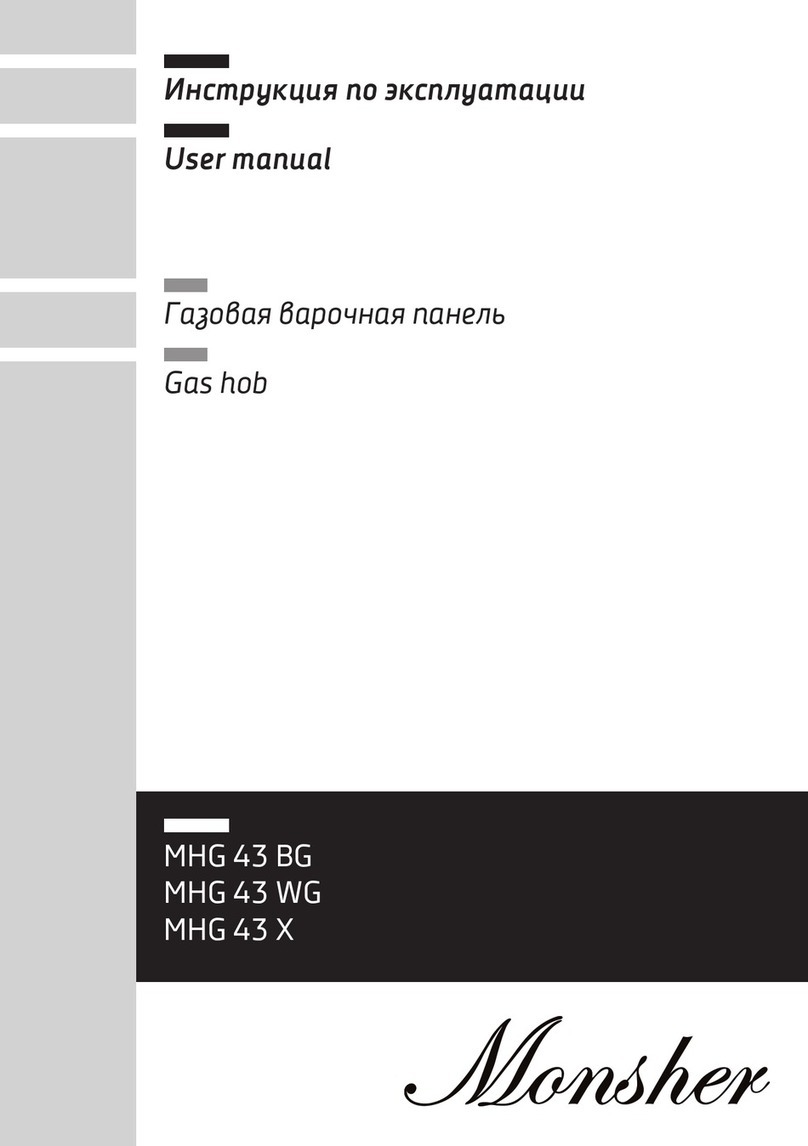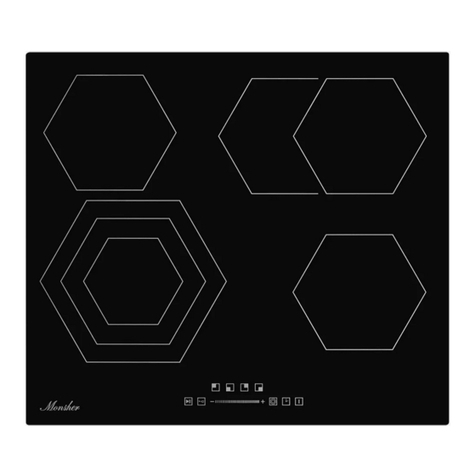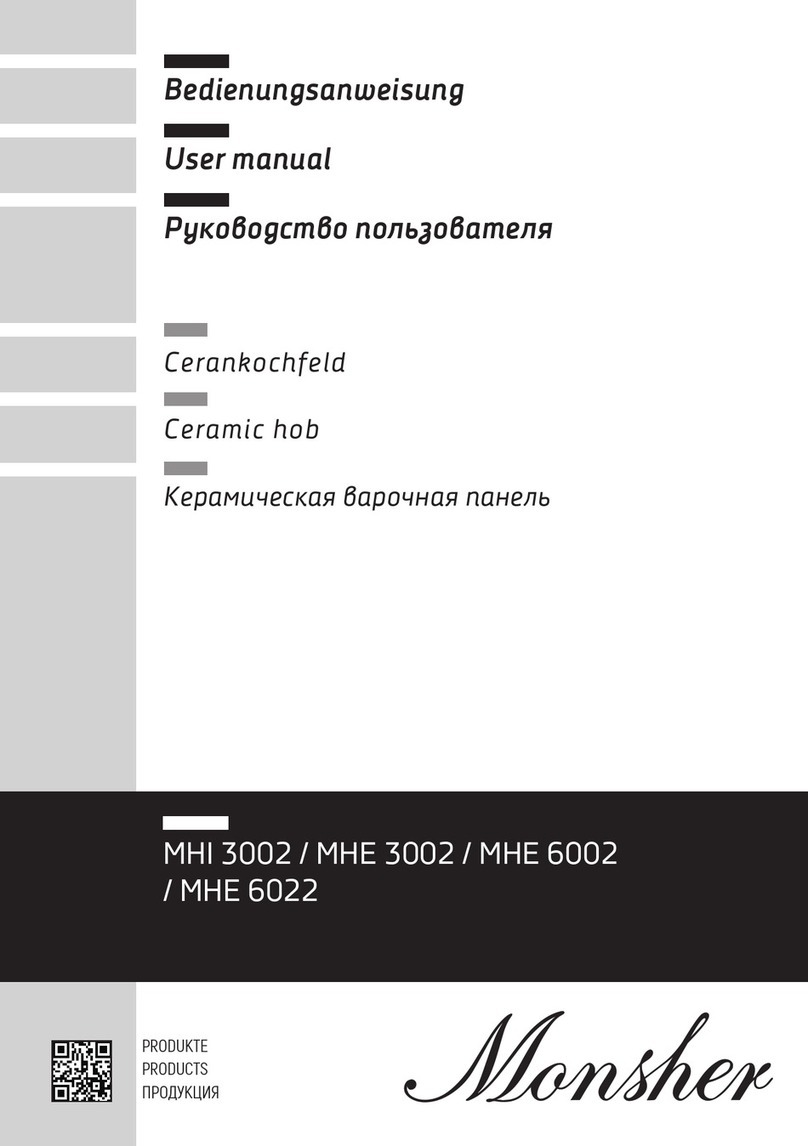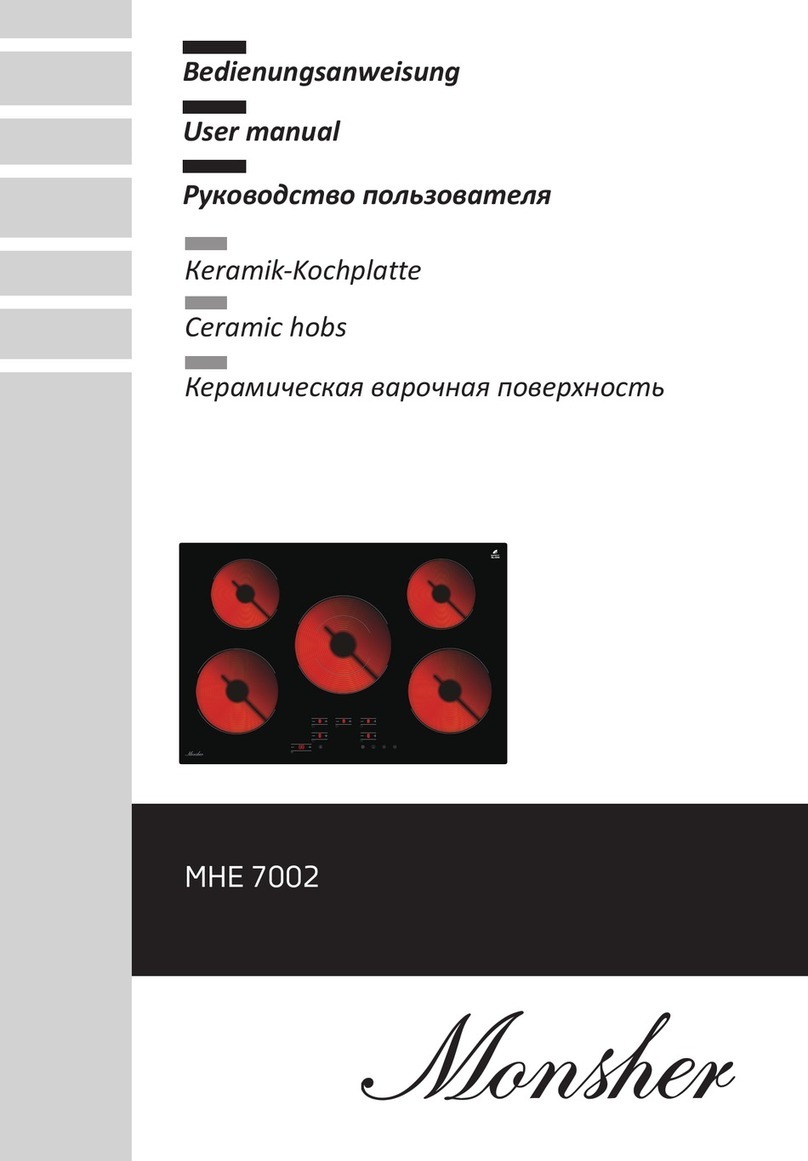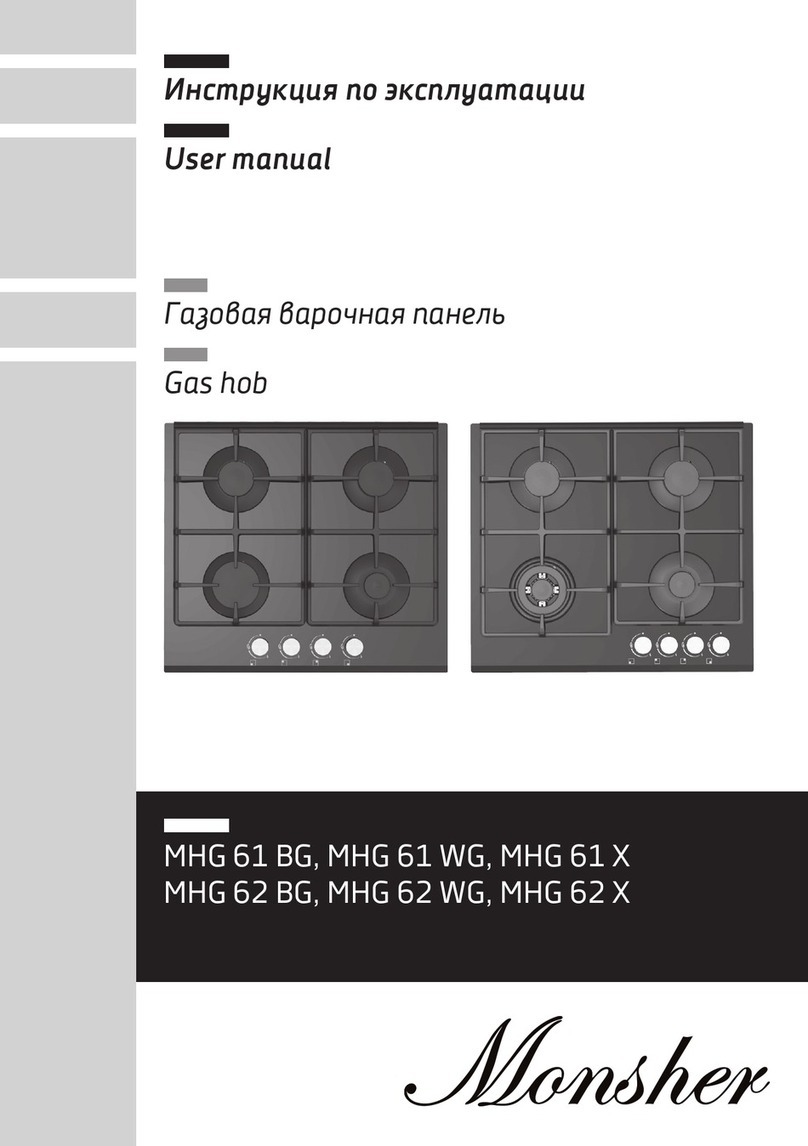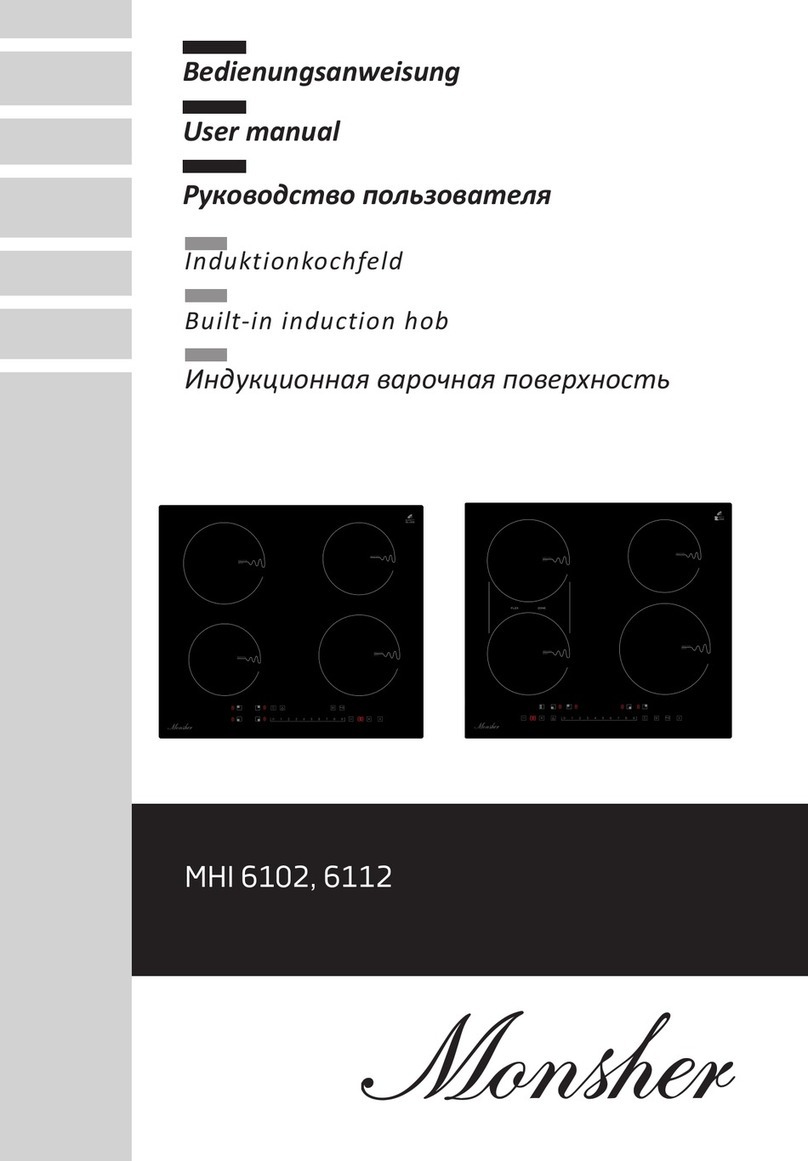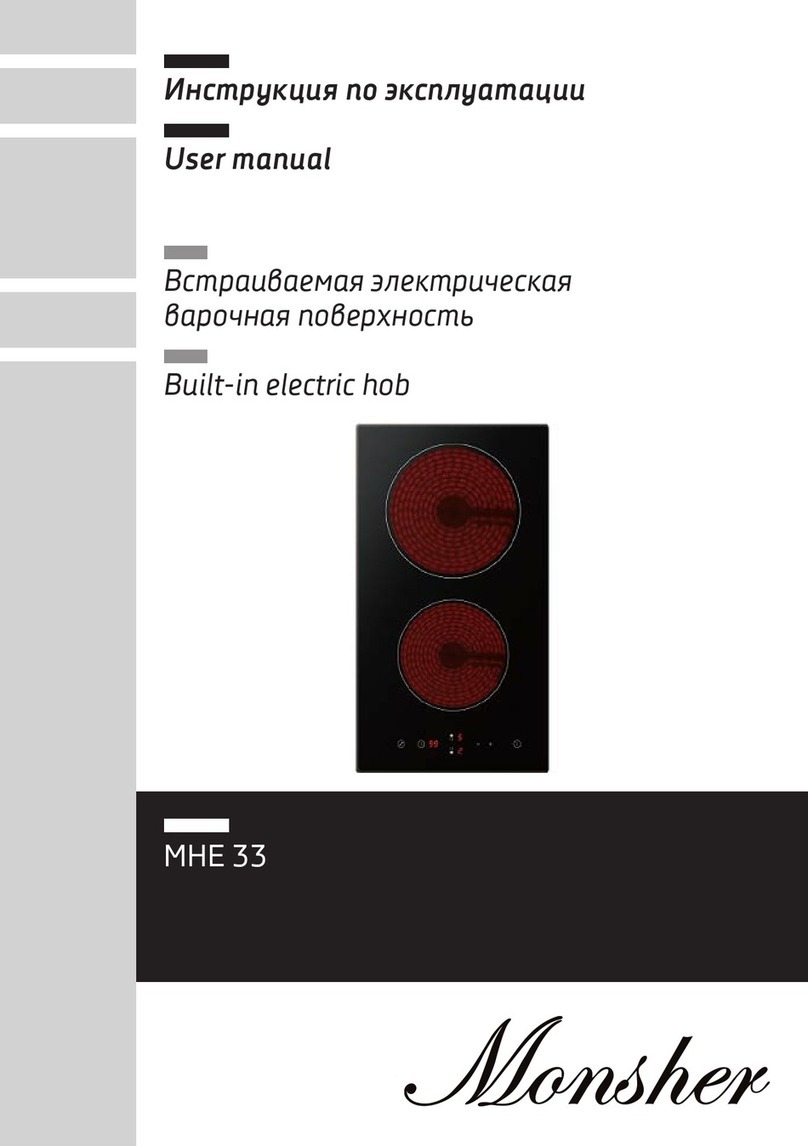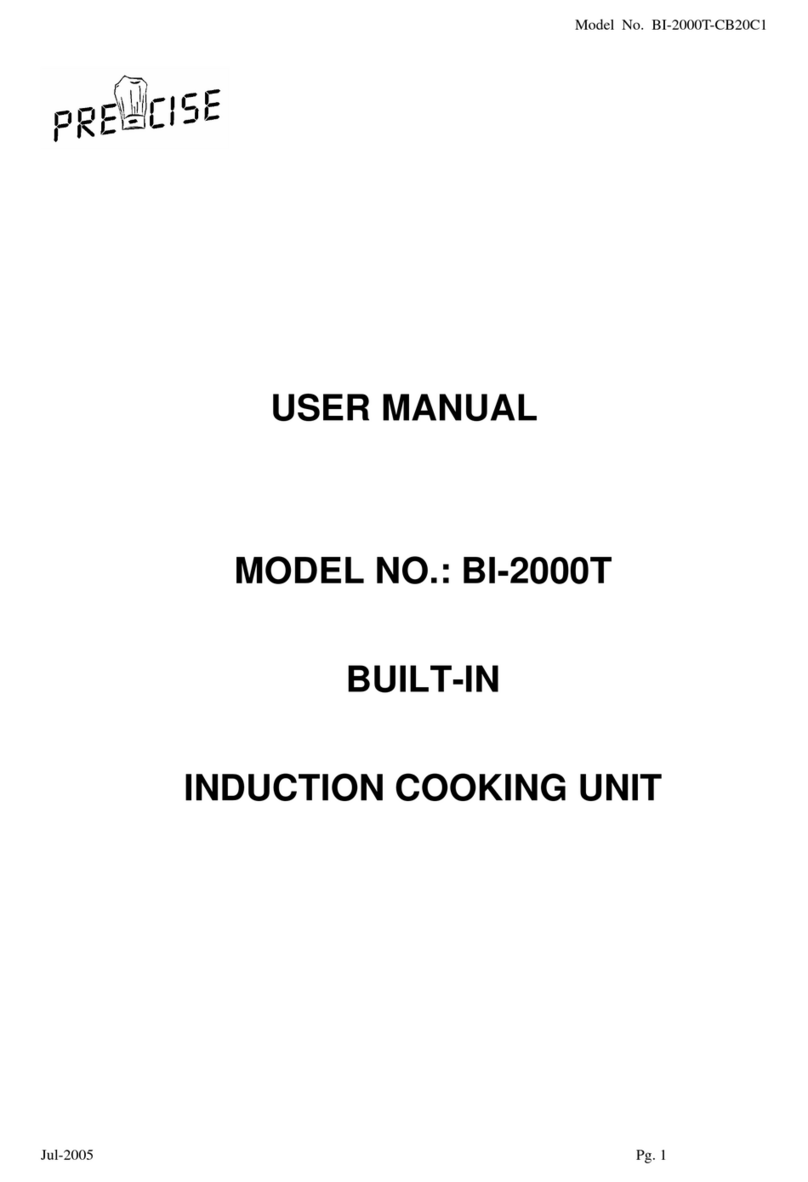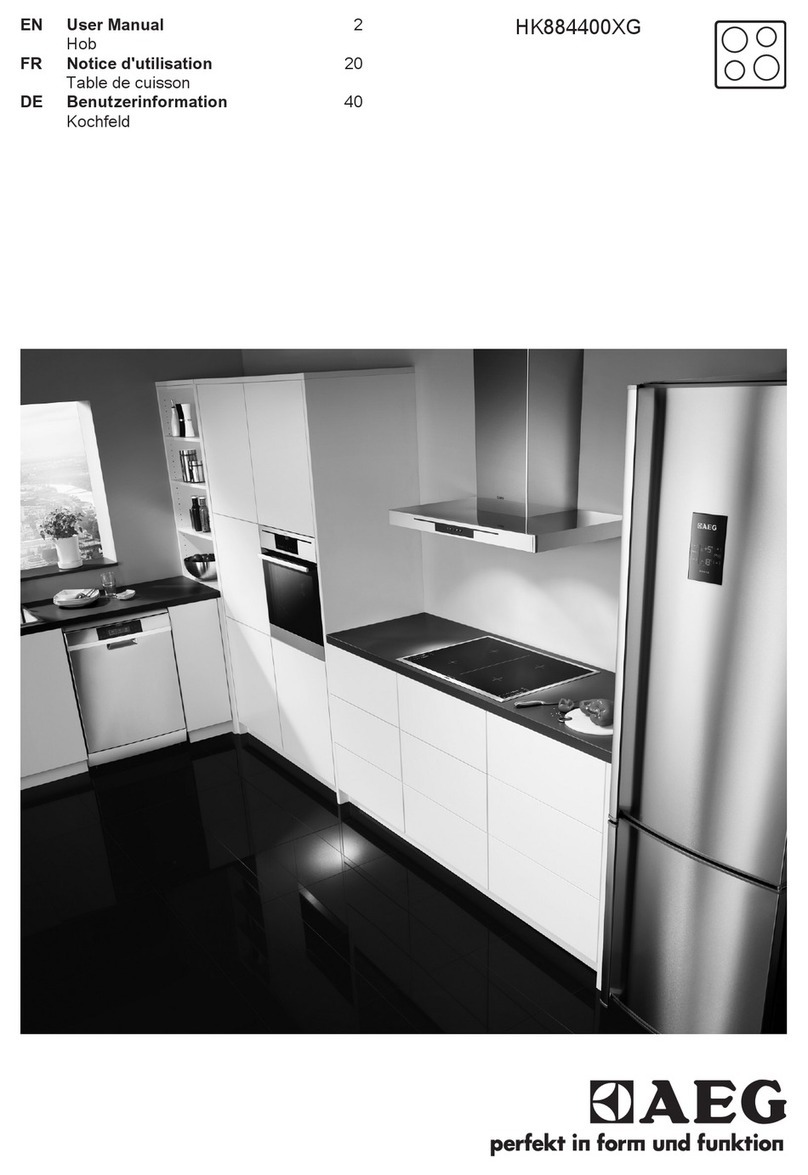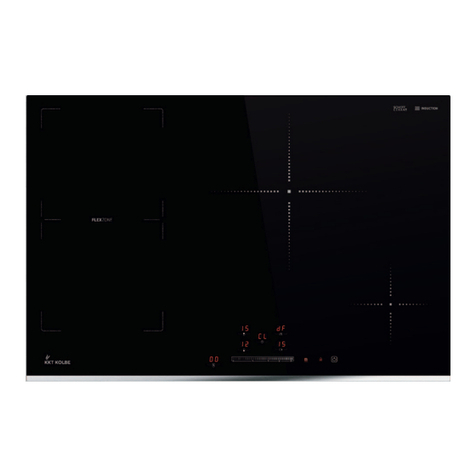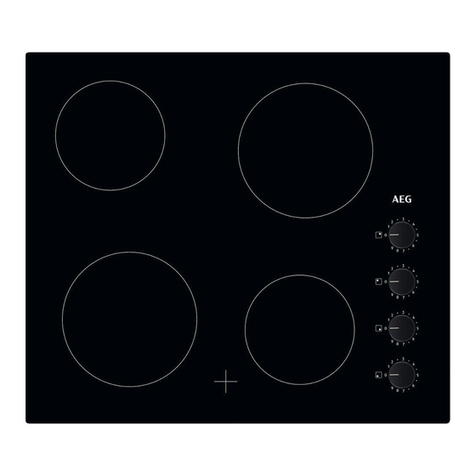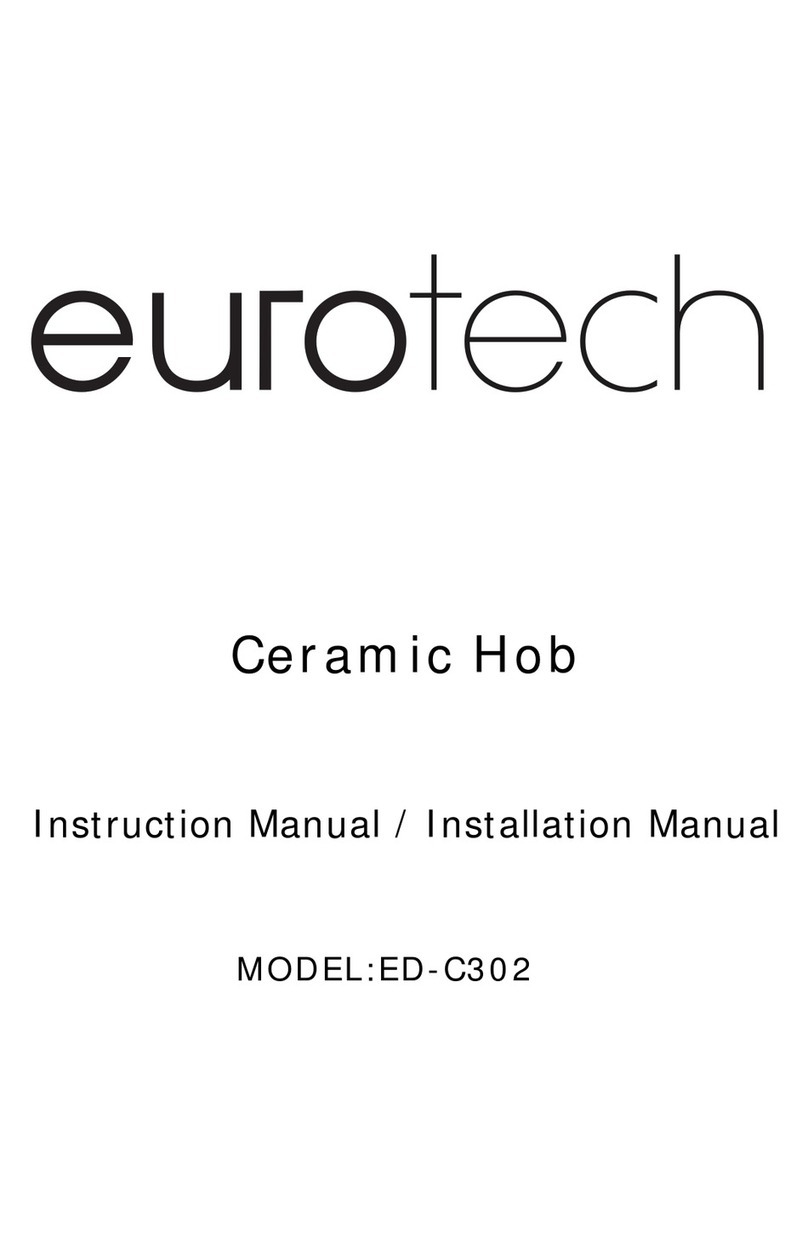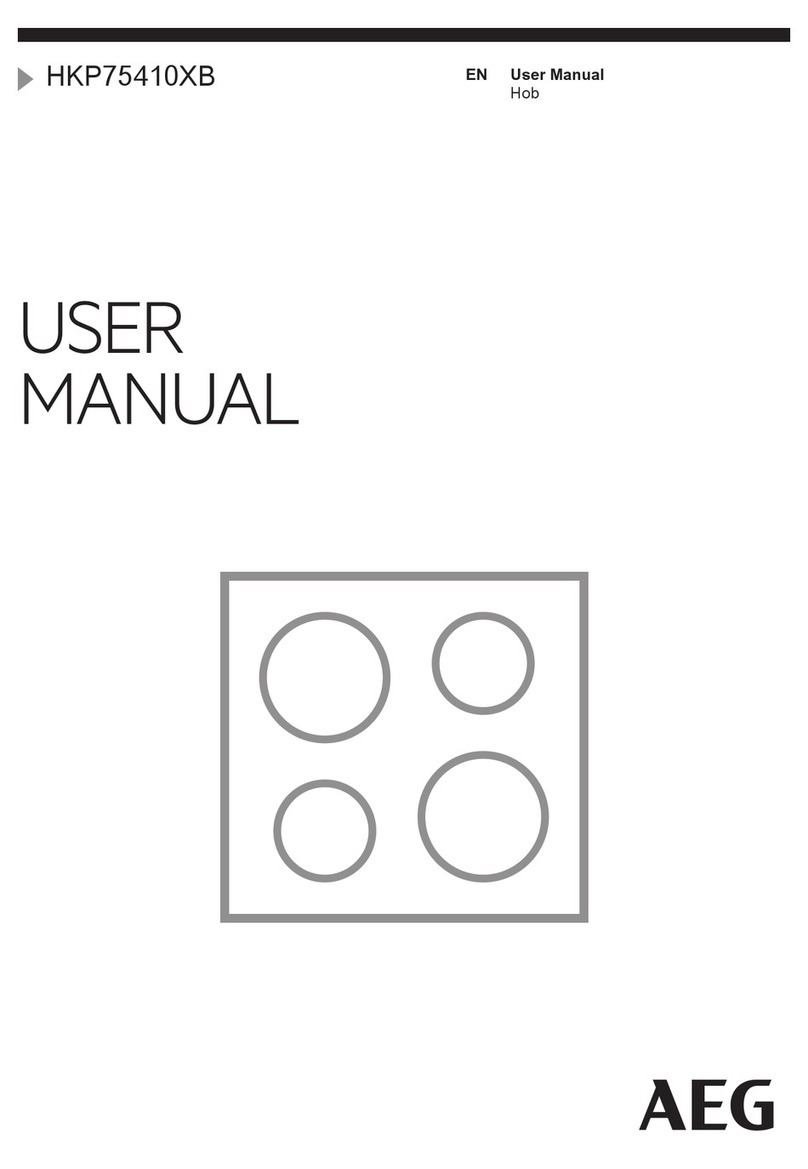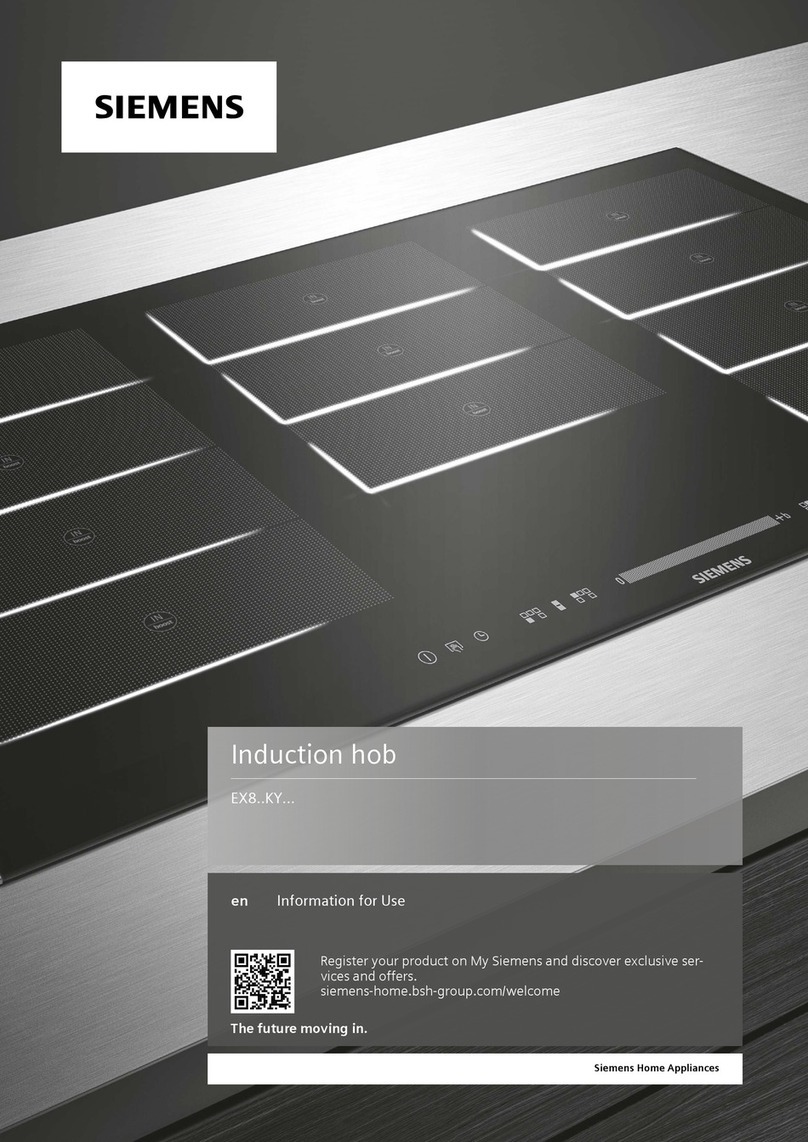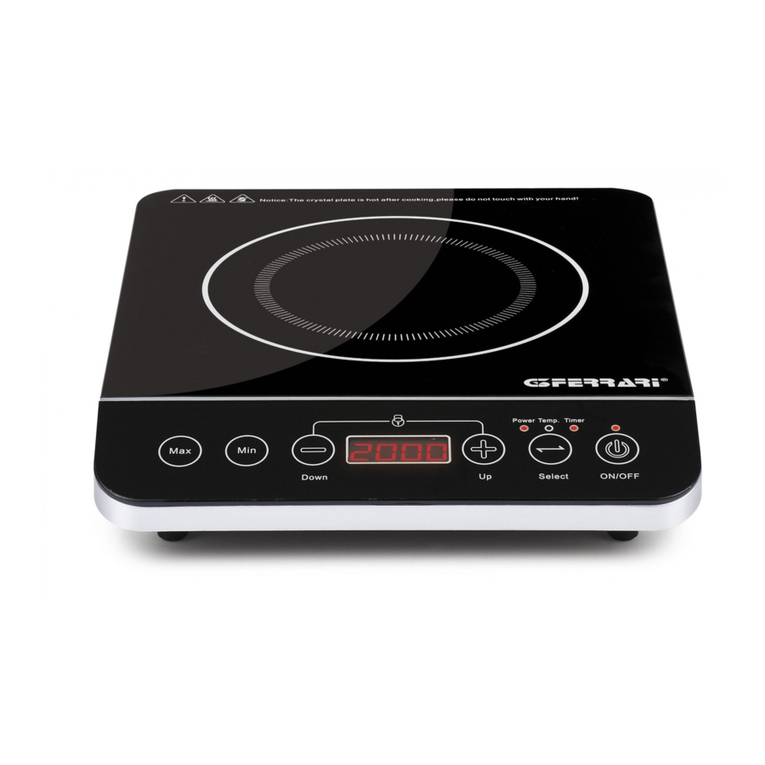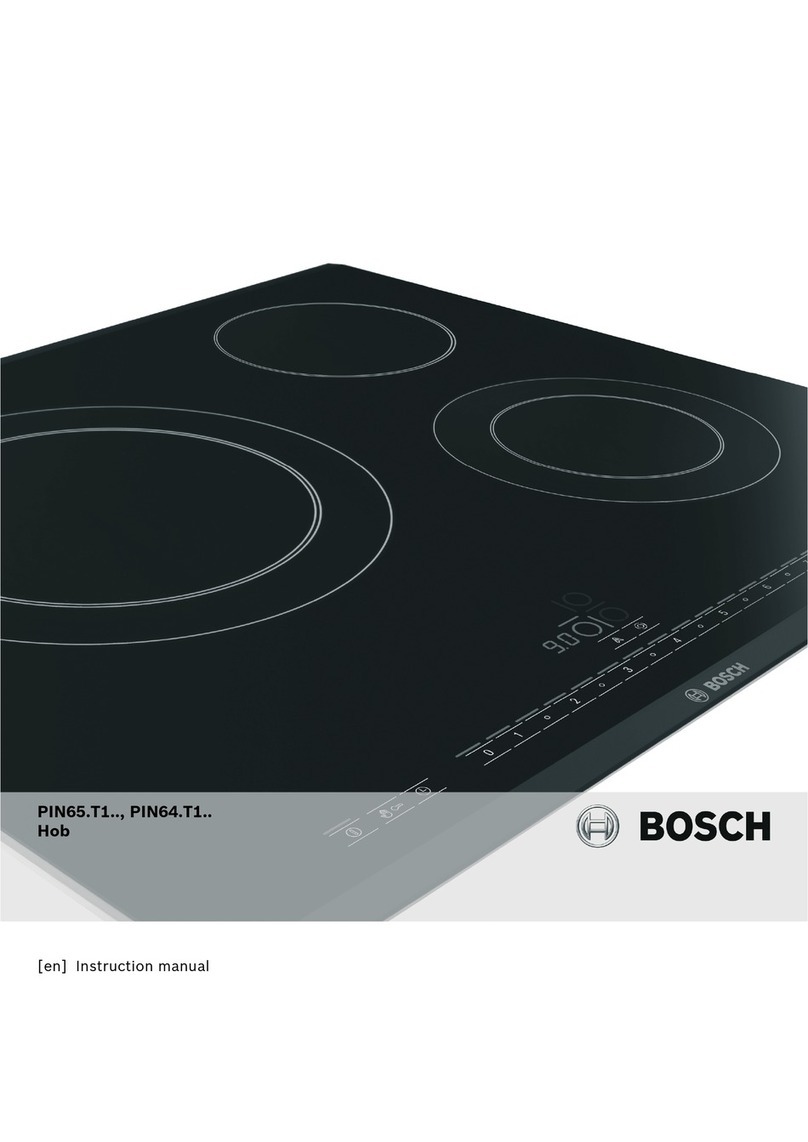
2English
CONTENT
1. Foreword............................................................................................................................................................3
1.1 Safety Warnings...................................................................................................................................3
1.2 Installation............................................................................................................................................3
1.2.1 Electrical Shock Hazard............................................................................................3
1.2.2 Cut Hazard.....................................................................................................................3
1.2.3 Important safety instructions..................................................................................3
1.3 Operation and maintenance............................................................................................................5
1.3.1 Electrical Shock Hazard................................................................................................5
1.3.2 Health Hazard...............................................................................................................5
1.3.3 Hot Surface Hazard..........................................................................................................5
1.3.4 Cut Hazard....................................................................................................................5
1.3.5 Important safety instructions...........................................................................................6
2. Product Induction...........................................................................................................................................8
2.1 Top View......................................................................................................................................................8
2.2 Control Panel........................................................................................................................................8
2.3 Working Theory........................................................................................................................................8
2.4 Before using your New Induction Hob..........................................................................................8
2.5 Technical Specification......................................................................................................................8
3. Operation of Product........................................................................................................................................8
3.1 Touch Controls........................................................................................................................................8
3.2 Choosing the right Cookware..........................................................................................................8
3.3 How to use..........................................................................................................................................10
3.3.1 Start cooking......................................................................................................................10
3.3.2 Finish cooking......................................................................................................................11
3.3.3 Locking the Controls....................................................................................................12
3.3.4 Timer control......................................................................................................................12
3.3.5 Default working times....................................................................................................14
4. Cooking Guidelines........................................................................................................................................15
4.1 Cooking Tips........................................................................................................................................15
4.1.1 Simmering, cooking rice...........................................................................................15
4.1.2 Searing steak......................................................................................................................16
4.1.3 For stir-frying......................................................................................................................16
4.2 Detection of Small Articles......................................................................................................................17
5. Heat Settings..........................................................................................................................................................17
6. Care and Cleaning.........................................................................................................................................18
7. Hints and Tips..........................................................................................................................................................19
8. Failure Display and Inspection......................................................................................................................20
9. Installation..........................................................................................................................................................22
9.1 Selection of installation equipment.............................................................................................22
9.2 Before installing the hob, make sure that.................................................................................24
9.3 After installing the hob, make sure that....................................................................................24
9.4 Before locating the fixing brackets....................................................................................................25
9.5 Adjusting the bracket position....................................................................................................25
9.6 Cautions.......................................................................................................................................................26
9.7 Connecting the hob to the mains power supply......................................................................26

